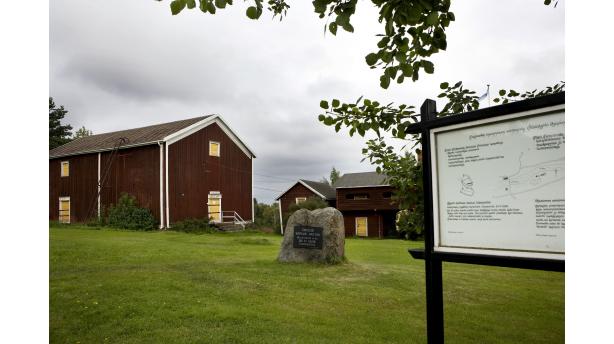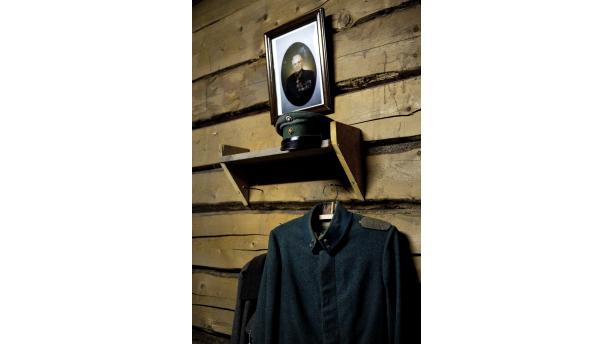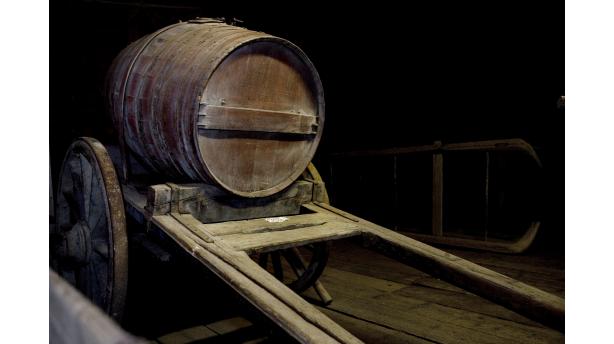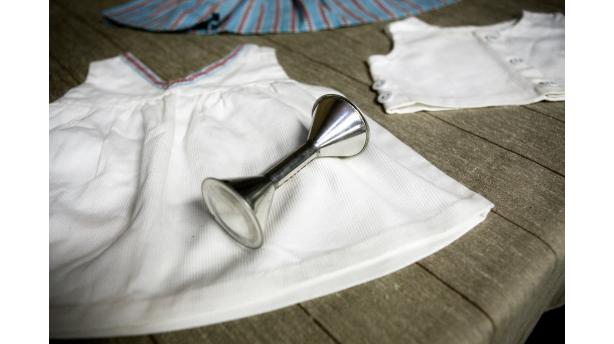Museum A-Ö » Vähäkyrö Museum
Vähäkyrö Museum




Did you know...
The loan magazine is situated on its original site next to the church, and on the courtyard is a rock, where a pillory used to stand.
The Vähäkyrö Museum is situated in an old loan magazine on the brink of the Kyrö river. The exhibition recounts life in the old times, and it has been divided into various themes, for instance the birth of children, spiritual life, agriculture and wartime. The entrepreunership of the Vähäkyrö people can be seen in the collections, and the museum also offers an extensive view on the history of Vähäkyrö.
The items in the museum depict the everyday life of peasants in the days of the past. There are fishing instruments, sleighs, agriculture and platers’ tools. An especially interesting collection displays possibly the oldest midwife’s equipment in Finland, and birth in the old time is represented in the exhibition. The exhibition is supplemented by a nurse’s uniform from the 1950s, by rattles, children’s books and cradles. Wash basins, which were included in the maternity package, were for a long time manufactured in Vähäkyrö. The first midwife of the region, Hilja Solkela, worked in Vähäkyrö in 1927-1958.The people of Vähäkyrö have always been of the industrious sort, which can also be seen in the collections. For instance the imported brandy barrels were given a new use as the water cart of the local sausage factory, and after the war there was a “factory” in many homes, where aprons were made. Vähäkyrö is also known for its weavers, platers and butchers. Among the tools of a tailor, the looms and the spinning wheels is an especially interesting item: Finland’s oldest spinning wheel from the year 1611.
The museum exhibits mainly peasant life, but on display is also a women’s saddle even though the nearest manor house was far away. The gruell bell from the Kolkki mansion is preserved in the museum.
One of the rooms has been constructed on the model of a Second World War dugout. The cramped space and the outer walls made of fir beams represent life on the war front. Among the rarities of the collection is a German Jäger uniform from the time of the Finnish civil war, which was donated to the museum by Martti Laurila. The Finnish soldiers’ uniforms are supplemented by Russian camouflage trousers as well as a helmet decorated with the Russian sickle.
In addition to the wartime artefacts can be mentioned Finland’s first State flag, which looks slightly different from our current flag. Flags of the Finnish White Guard and battlefront soldiers are also on display. From the same period comes the village’s first electrical permanent wave machine, which was obtained by a local hairdressing saloon in 1941.



